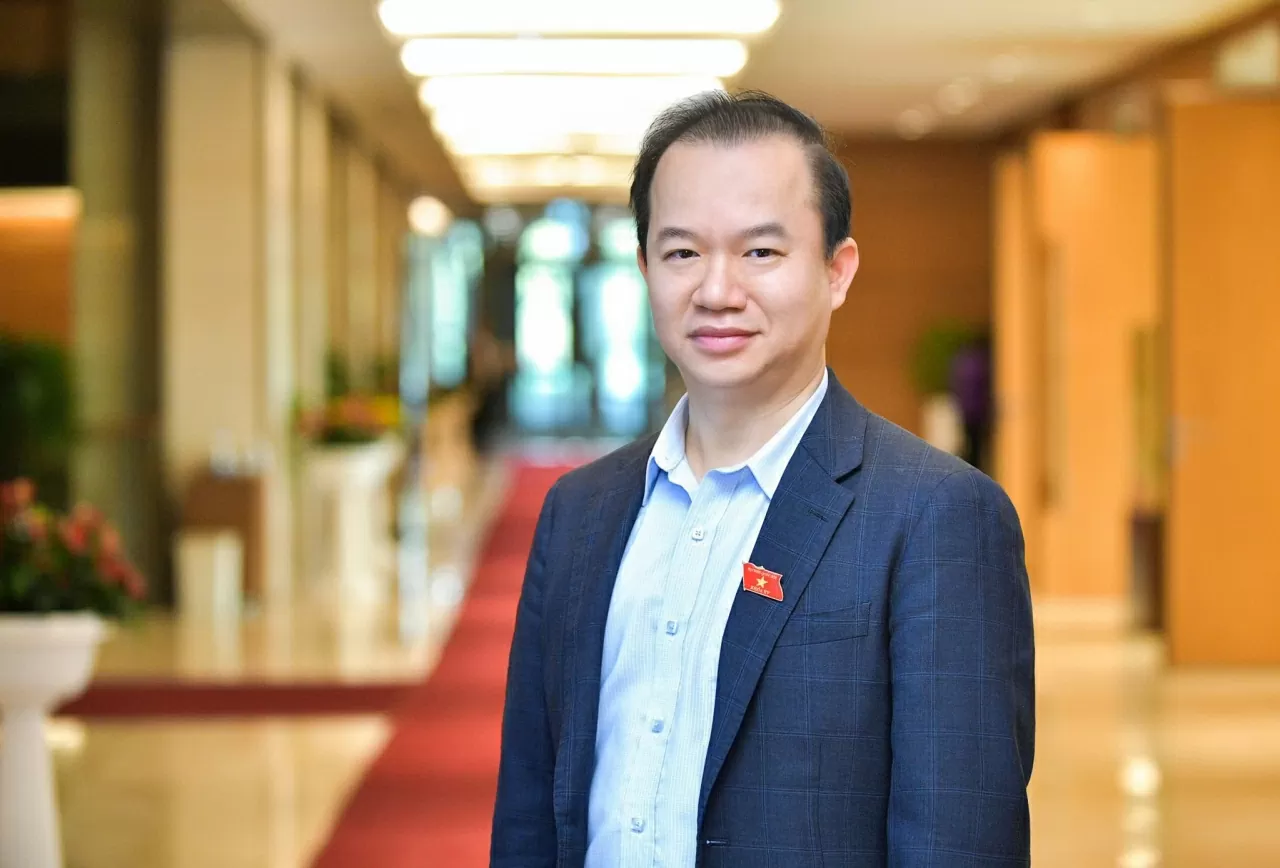 |
| National Assembly Deputy Bui Hoai Son said that culture is a bridge for countries to understand each other better and work towards a sustainable future. (Source: Quochoi) |
In an increasingly flat and connected world , culture is not only the soul of a nation but also becomes the common language of humanity, a bridge for countries to understand each other more deeply and move towards a sustainable future. General Secretary To Lam emphasized in the article: "Integration but still maintaining national identity, integration, integration but not dissolution", a bold declaration expressing the spirit of both openness and resilience of Vietnamese culture in its journey to reach out to the world.
In particular, when mentioning the role of culture in the comprehensive integration strategy, the article affirms: "Regarding culture, integration must be associated with preserving, promoting and advertising national culture; developing cultural industries, content industries, cultural products and brands with quality and global competitiveness".
The role of culture in international integration strategy
Throughout the journey of building and defending the country, culture has always been the underground stream that nurtures the Vietnamese spirit and identity. At every turning point in history, from the times of war to the years of peace , culture is not only the spiritual foundation but also the fulcrum for us to overcome challenges and stand firm in the face of storms. Today, in the journey of comprehensive and deep international integration, culture is always an indispensable pillar in the country's development strategy, a soft power that helps Vietnam affirm its position and make positive contributions to the international community.
In the strategic article “Strengthening international integration”, General Secretary To Lam stated: “International integration must be synchronous, comprehensive, and extensive, in which the fields must be closely linked and complement each other in an overall strategy”. This not only emphasizes the inseparable role of the fields in the integration process, but also suggests that culture cannot stand aside, cannot be just the “background color” for economic and political activities, but must be seen as a central component, where the soul of the nation is most clearly expressed.
Culture in the international integration strategy is the invisible but most durable bridge between nations. If the economy brings material benefits, science and technology expand production capacity, culture touches the depths of the soul, evoking understanding, sympathy and mutual respect. Therefore, developing culture in integration is not only about "exporting" traditional values, but also a way to tell one's story to the world in a sincere, confident and unique way.
Looking at the world, lessons from previous countries are vivid evidence of the strategic role of culture in integration. South Korea, from a poor country after the war, has risen to become a cultural powerhouse thanks to a very systematic and persistent "soft power" strategy. The South Korean government soon realized that popular culture from K-pop music, TV dramas, cuisine to fashion can become a strong driving force for tourism, export and investment. Not only stopping at entertainment, the Hallyu wave has spread the image of a modern Korea that still preserves its identity, contributing to increasing the love and influence of this country in international relations.
Meanwhile, Japan is not in a hurry to "race" with the mass wave, but quietly builds a sophisticated, profound and culturally profound image through traditional values such as tea ceremony, martial arts, flower arrangement, classical literature, combined with advanced technology, creativity in anime, manga, games... It is the harmonious combination of tradition and modernity that has helped Japan not only become an economic power, but also a country loved and admired around the world.
| "Cultural development in integration is not only about 'exporting' traditional values, but also a way to tell our story to the world sincerely, confidently and with full identity". |
China, with its ambition to assert its position as a global power, has been steadily building its image through the development of the Confucius Institute system - a global network to spread Chinese language and culture. At the same time, the country has promoted film production, book publishing, and international cultural festivals as a means of connecting the world with the "Chinese story". Although ideologically controversial, it is undeniable that culture has become one of China's effective "soft weapons" in the global arena.
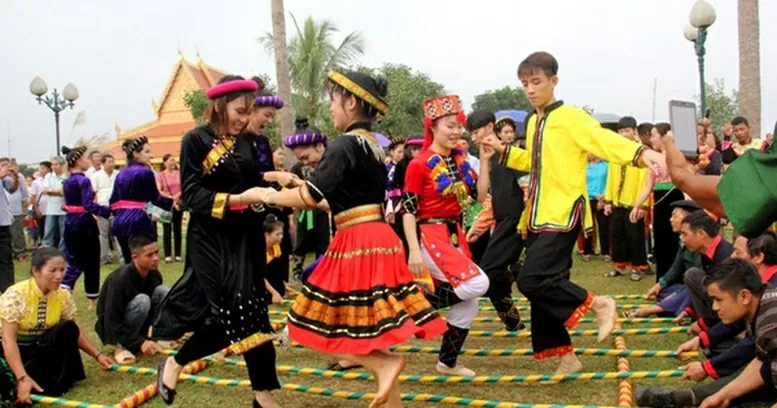 |
| Culture must become the soul of integration policy. (Source: VGP) |
From the above experiences, it can be seen that no country has risen to international stature without a cultural strategy. Culture is not only a symbol of national identity, but also a development resource, the “glue” that binds national interests with the international community, helping to elevate status, build trust and form more sustainable relationships than any economic contract.
For Vietnam, cultural potential is endless. From the treasure trove of tangible and intangible heritage, folk art, traditional music, diverse cuisine, to the compassionate, united, peace-loving lifestyle, all are precious values that the world needs and wants to understand more about. However, for culture to become a true pillar in the integration strategy, we need a stronger shift in thinking, more systematic investment, and a synchronous strategy connecting culture with key economic sectors, with diplomacy, education, and international communications.
In the article, General Secretary To Lam emphasized: “International integration is a process of both cooperation and struggle; cooperation to struggle and struggle to cooperate”. Here, culture is the softest but most profound front, where Vietnam can affirm its stance, inspire and spread its positive values without fierce debate or conflict. When countries understand each other through the language of culture, differences are no longer obstacles, but what makes the world richer and more humane.
Culture in integration is also the image of a nation that is maturing in awareness, courage and aspiration. When the world looks at Vietnam, they will not only see a country with a growing economy, but will see a country with cultural depth, tolerance and a distinct identity in an increasingly assimilated world. That is what creates sustainable values, helping Vietnam stand firm and shine in a volatile world.
Therefore, it is time for us to re-establish the position of culture in the national strategy. Not just a separate field, culture must become the soul of integration policy, become the red thread running through foreign affairs planning, investment promotion, tourism development, education, and especially national branding. That is the path for Vietnam to not only integrate successfully, but also touch the heart of the world with the Vietnamese soul and spirit.
Preserving national identity does not mean "closing the door and withdrawing"
In an increasingly integrated world, where the boundaries between cultures are increasingly blurred, preserving national identity is not only a cultural requirement, but also a strategic mission to protect the soul of the nation in the global flow. Integration does not mean losing oneself. On the contrary, only those who clearly understand who they are, what they have, what they want… can step out into the world with dignity and maturity.
General Secretary To Lam expressed that spirit consistently and profoundly when emphasizing: "Integration but still maintaining national identity, integration, integration but not dissolution". This is not only a directive on awareness, but also a reminder of courage, that in all exchanges and cooperation, Vietnam must preserve itself so as not to lose itself.
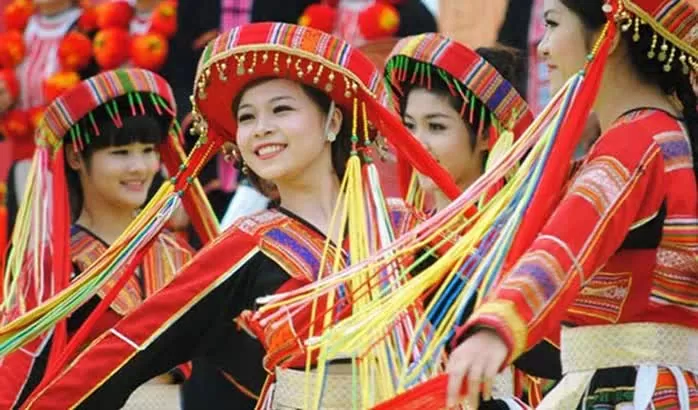 |
| Honor and modernize traditional festivals, folk arts, and intangible heritage so that young people not only know about them but are also proud of and attached to them. (Source: NLĐ) |
For centuries, Vietnam has faced existential challenges to preserve its national culture. We have absorbed Buddhism from India, Confucianism from China, Catholicism from the West, but we have never lost our Vietnamese character. During the war, no matter how difficult it was, folk proverbs, lullabies, communal houses, and banyan trees still live forever in people's hearts. In peacetime, when the gateway is opened, Vietnam is still determined to build a civilized society while still preserving its humane customs and practices, a nation that "starves but remains clean, tears but remains fragrant", is full of compassion and values loyalty.
Today, the biggest challenge does not come from bombs and bullets, but from the risk of “cultural invasion” and “self-transformation” as the General Secretary has frankly warned. When foreign values flood through social networks, movies, music, and video games, we are no longer facing a physical conflict, but an invisible war in perception, taste, lifestyle, and aesthetics. Without a strong enough cultural immune system, identity can easily be eroded.
Therefore, preserving identity does not mean closing the door, withdrawing or rejecting modernity, but proactively selecting and accepting the new, but not letting the new overshadow the old; knowing how to integrate to grow, but not dissolving to disappear. As the General Secretary stated: "International integration is a process of both cooperation and struggle; cooperating to struggle and struggle to cooperate". In the cultural war, this is the motto of action so that each step forward into the world is a time to affirm Vietnamese identity.
We can certainly learn from the experiences of other countries. South Korea, while exporting millions of K-pop albums and TV dramas, has been determined to preserve and promote Hanbok, Hanok, traditional cuisine, and even established a “Korean language” holiday to strengthen its mother tongue. Japan, despite being at the forefront of technology and modern lifestyle, has maintained intact the tea ceremony, the art of origami, and respect in communication. China, despite its strong push for globalization, still takes Chinese characters, poetry, and Confucianism as the centerpiece of its cultural diplomacy strategies.
Vietnam also needs to take similar steps, building culture as a “soft wall” surrounding the national spirit, so that every contact with the outside world is an opportunity to reflect on oneself, enriching internal values. To do that, it requires the cooperation of the entire system: From the state with policies to support cultural preservation and creation, to businesses accompanying artists, most importantly, the people become the subjects of preserving culture in daily life.
Specifically, we need to raise the status of the Vietnamese language in the education system, media and cyberspace. We need to restore, honor and modernize traditional festivals, folk arts and intangible heritage so that young people not only know but are also proud and attached to it. We need to incorporate cultural identity into product design, architecture, tourism, fashion and cuisine so that culture does not remain in museums, but is vividly present in daily life and in the international market.
| "When foreign values flood through social media, movies, music, and video games, we are no longer facing a physical conflict, but an invisible war in perception, taste, lifestyle, and aesthetics. Without a strong enough cultural immune system, identity can easily be eroded." |
No one else but the youth - the "rising" generation that the General Secretary mentioned - must be the ones to spread the fire and preserve the soul of national culture. To do so, it is necessary to give them an education that not only teaches literacy, but also teaches cultural roots, patriotism, national pride, and civic responsibility in the global era. So that when they step out into the world, they can speak English fluently, use technology skillfully, cooperate flexibly, but in their hearts they still have their mother tongue, folk songs, and the image of their homeland.
Preserving cultural identity in international exchange is to preserve ourselves, not to let ourselves disappear in the storms of integration. Moreover, from that individuality, we can contribute to the common good, so that Vietnamese culture not only lives, but also shines in the ocean of humanity, like a small but steady flame, smoldering in the long night, waiting for the moment to shine with the times.
With the strategic vision and the aspirational spirit of “rising forward” that the General Secretary has outlined, we believe that Vietnam can absolutely become a country that is not only strong in economy and secure, but also rich in identity, attractive and inspiring in the eyes of friends from all over the world. That is not only a dream, but also a path that the whole nation is walking together, with the baggage of faith, wisdom, and a culture that is persistent, profound and everlasting.
Source: https://baoquocte.vn/van-hoa-viet-trong-hanh-trinh-vuon-minh-ra-the-gioi-310269.html


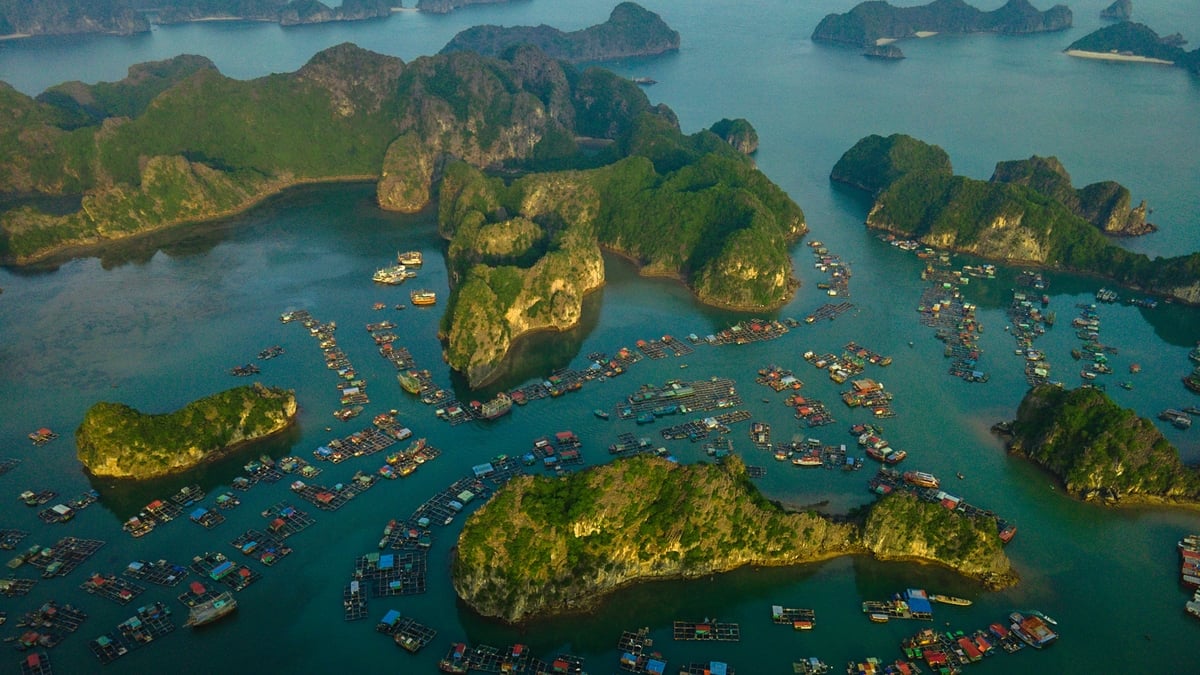

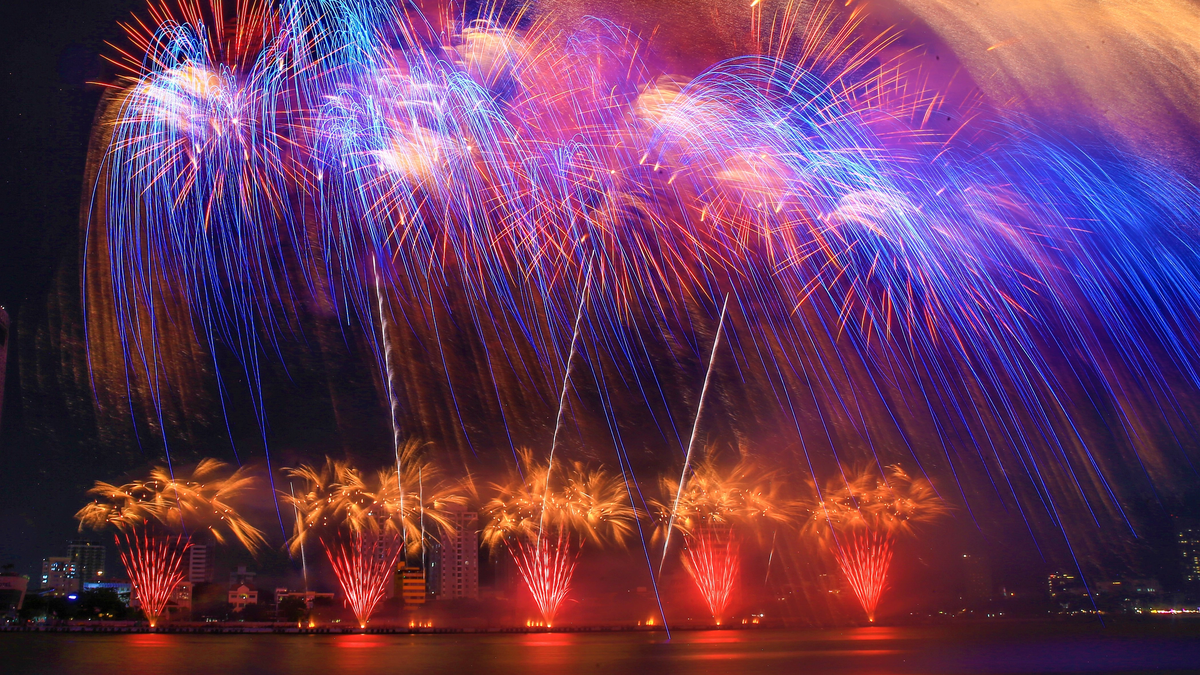
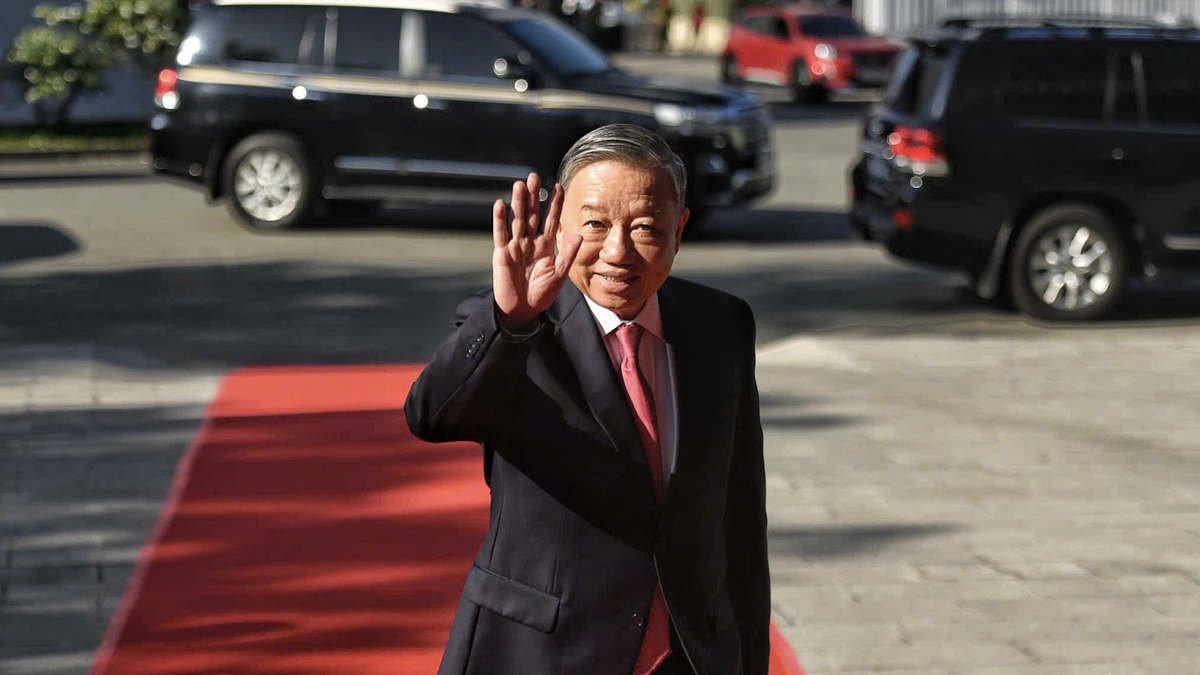
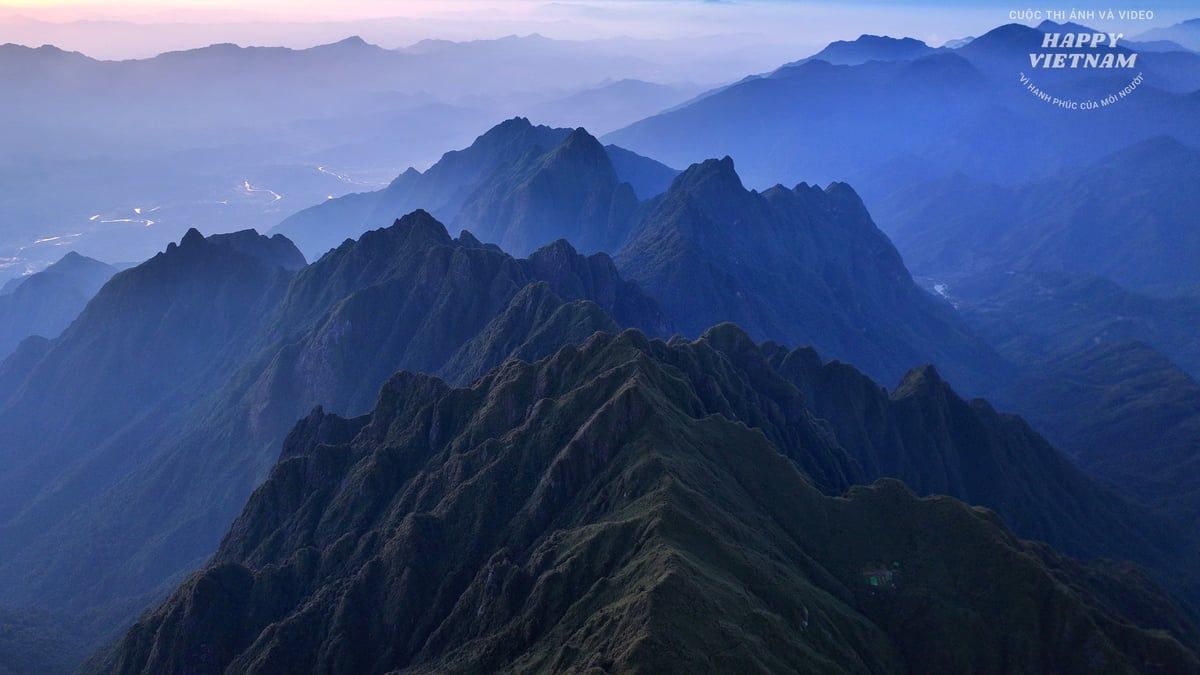

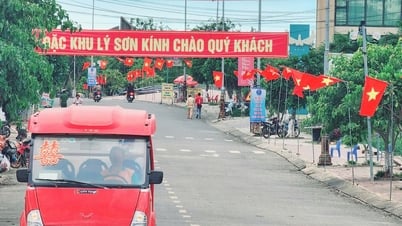

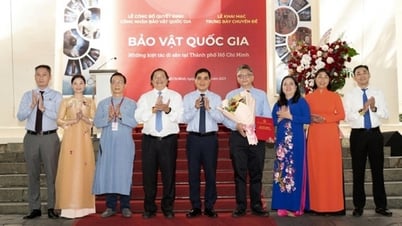
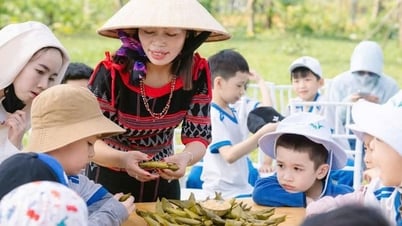


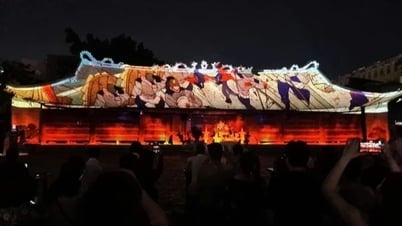






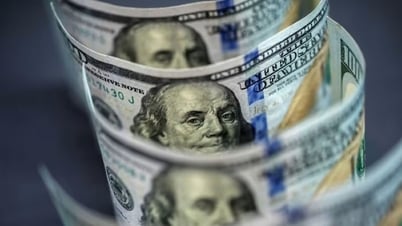


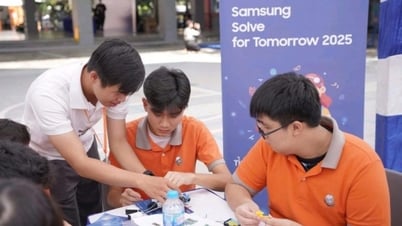

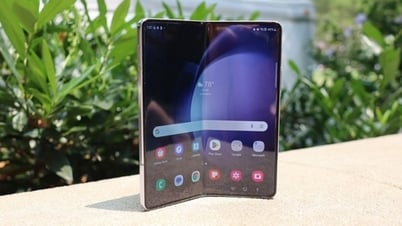



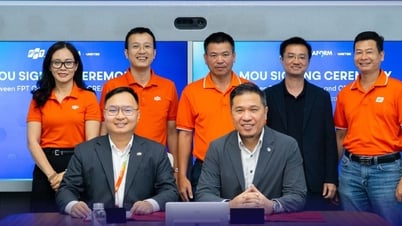

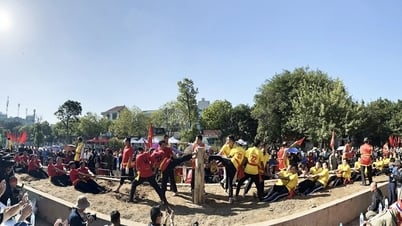

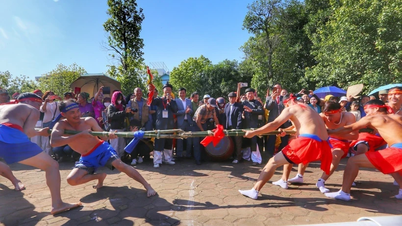

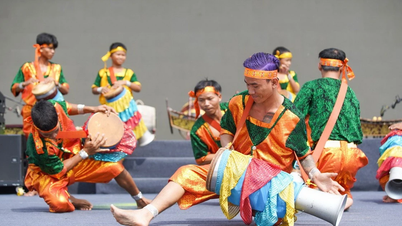
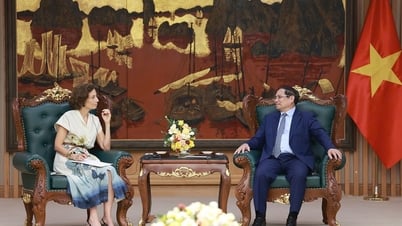

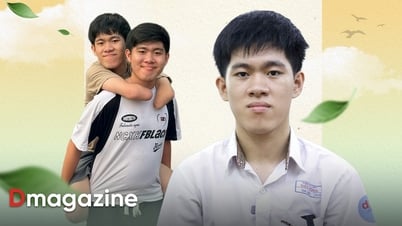
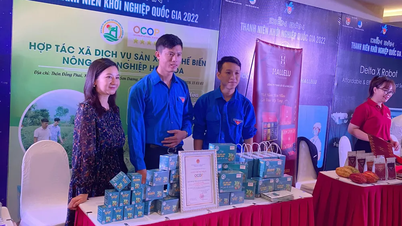

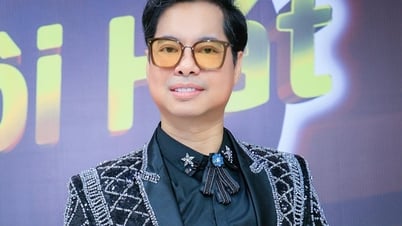
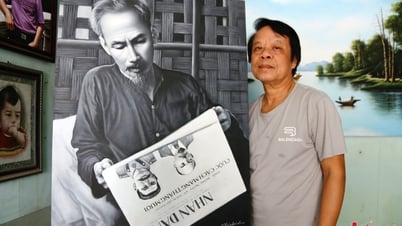

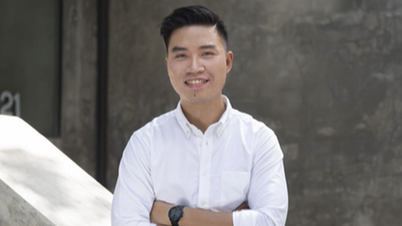
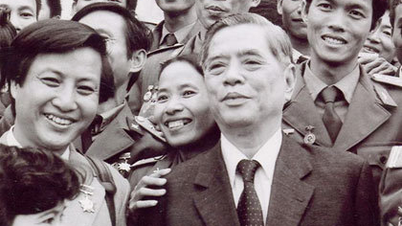
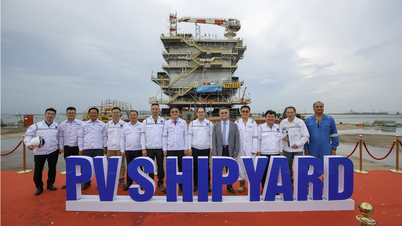

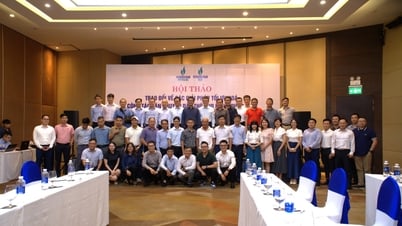

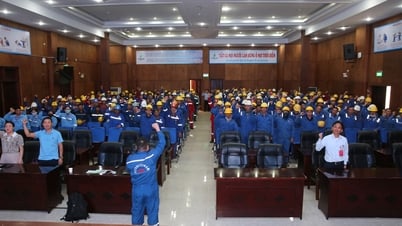
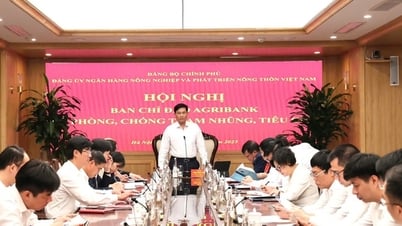


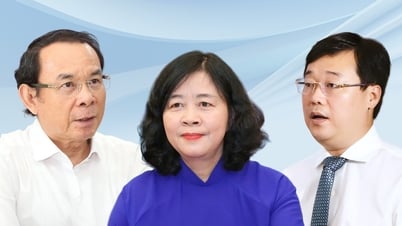
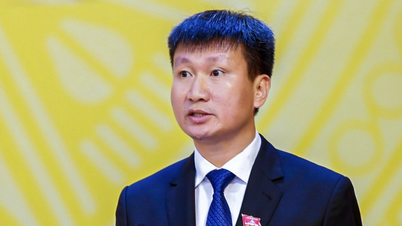

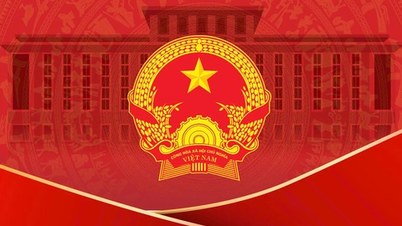
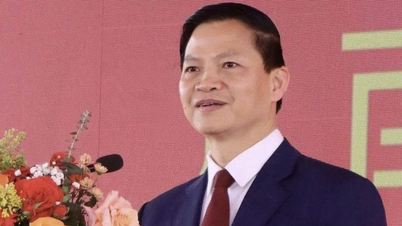

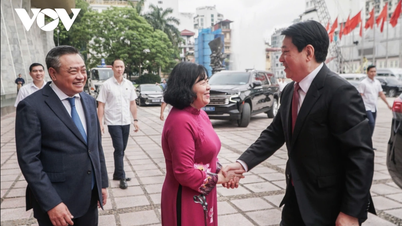

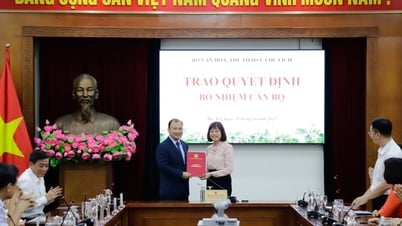

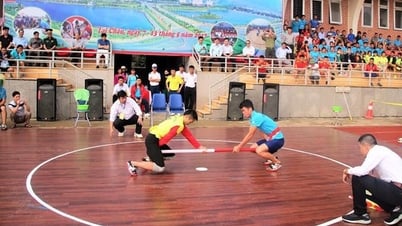

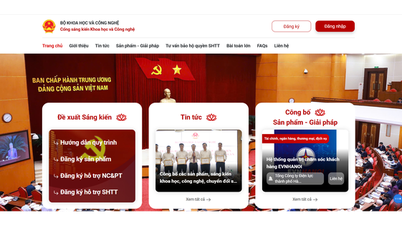

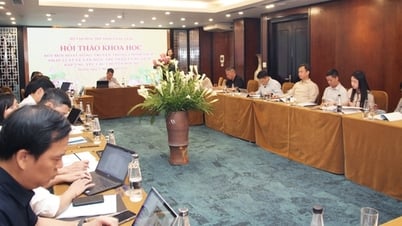
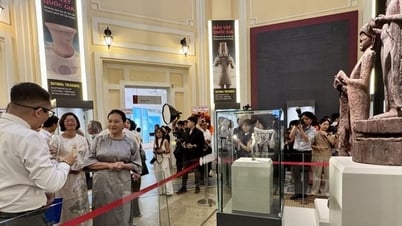
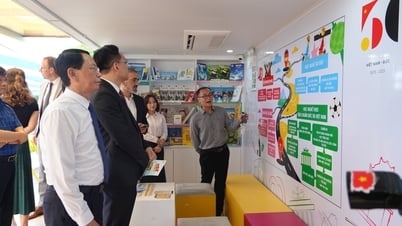



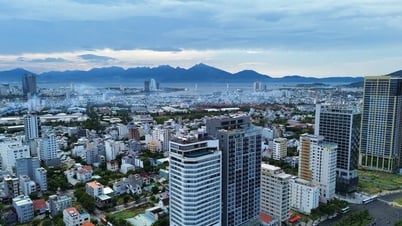

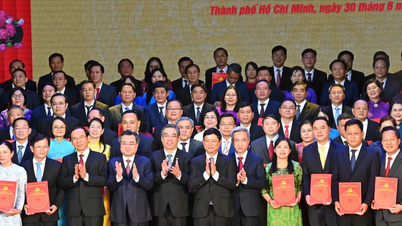

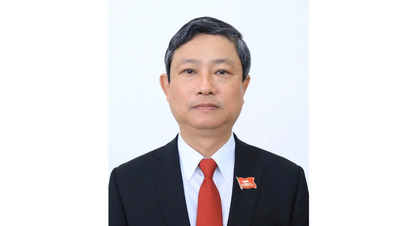
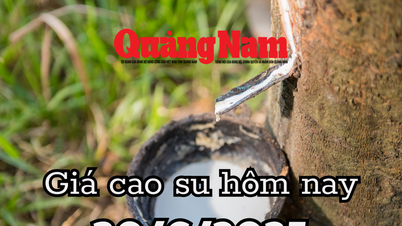


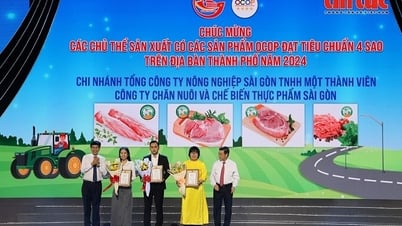

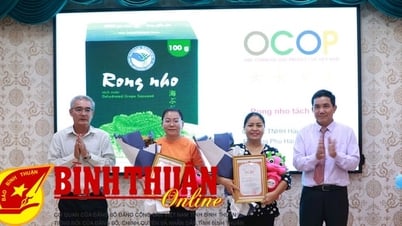

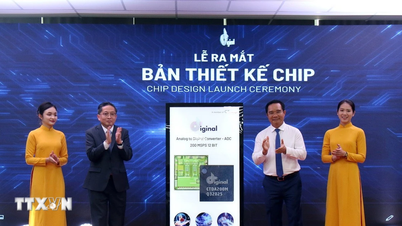
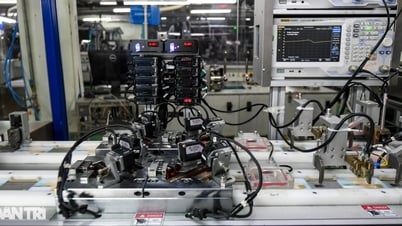






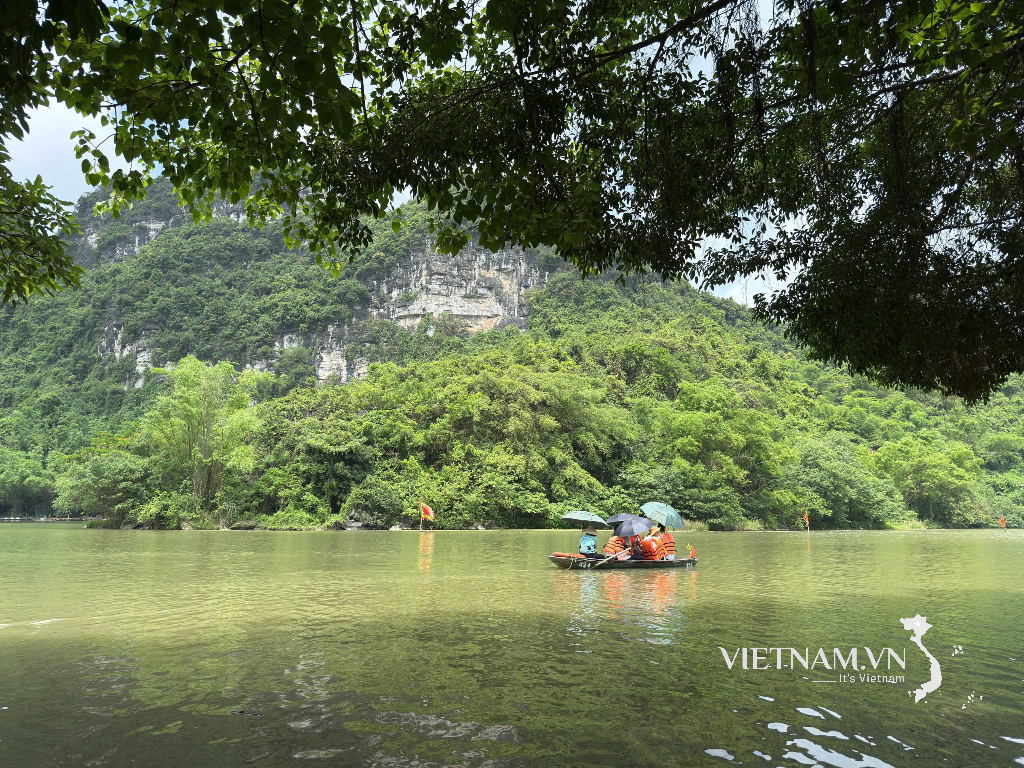
Comment (0)